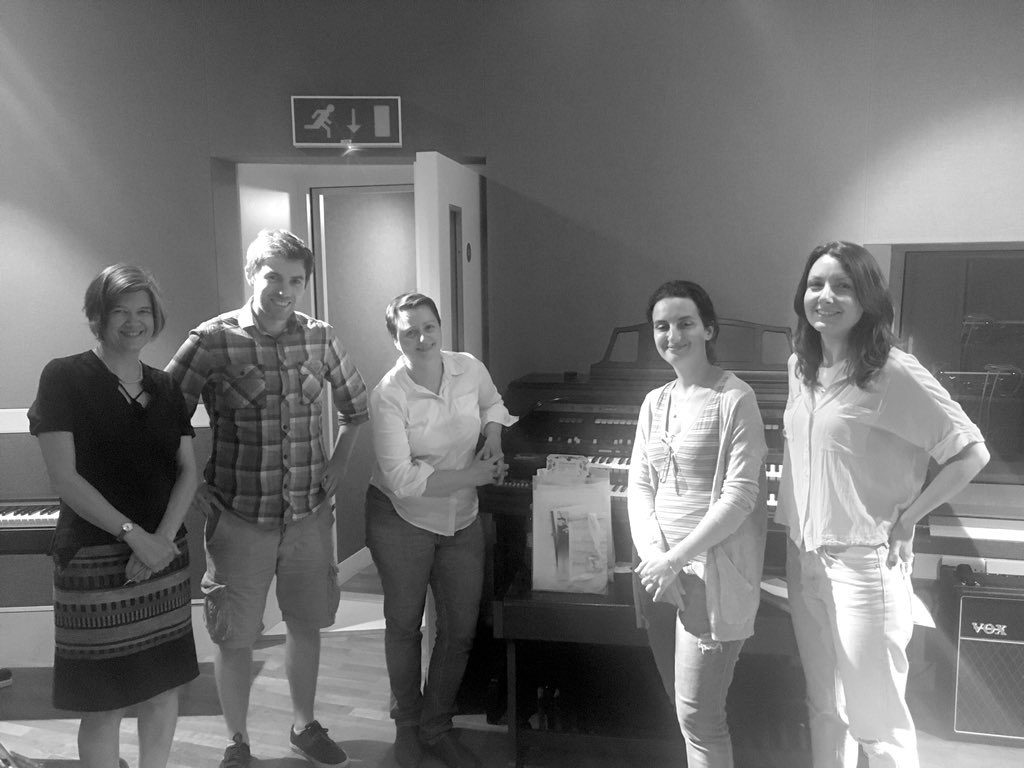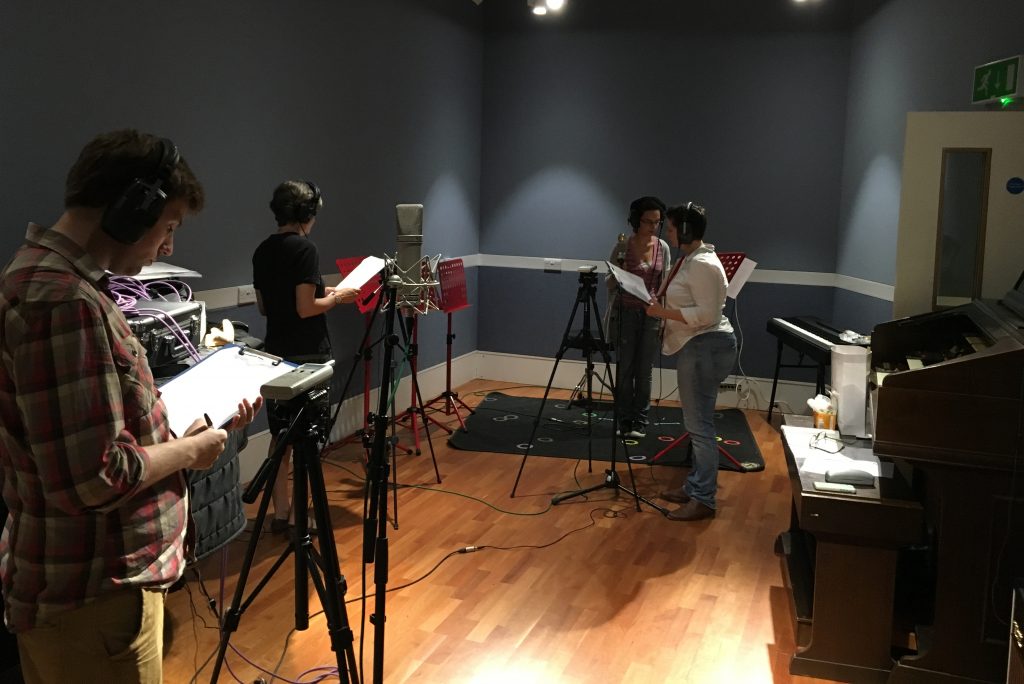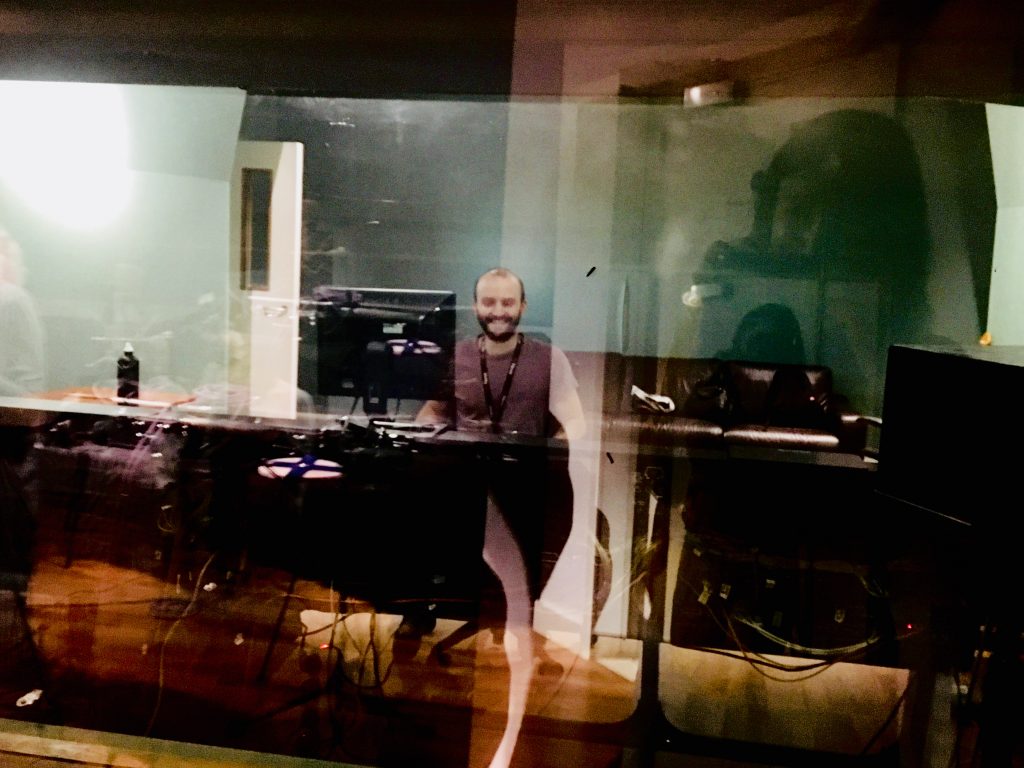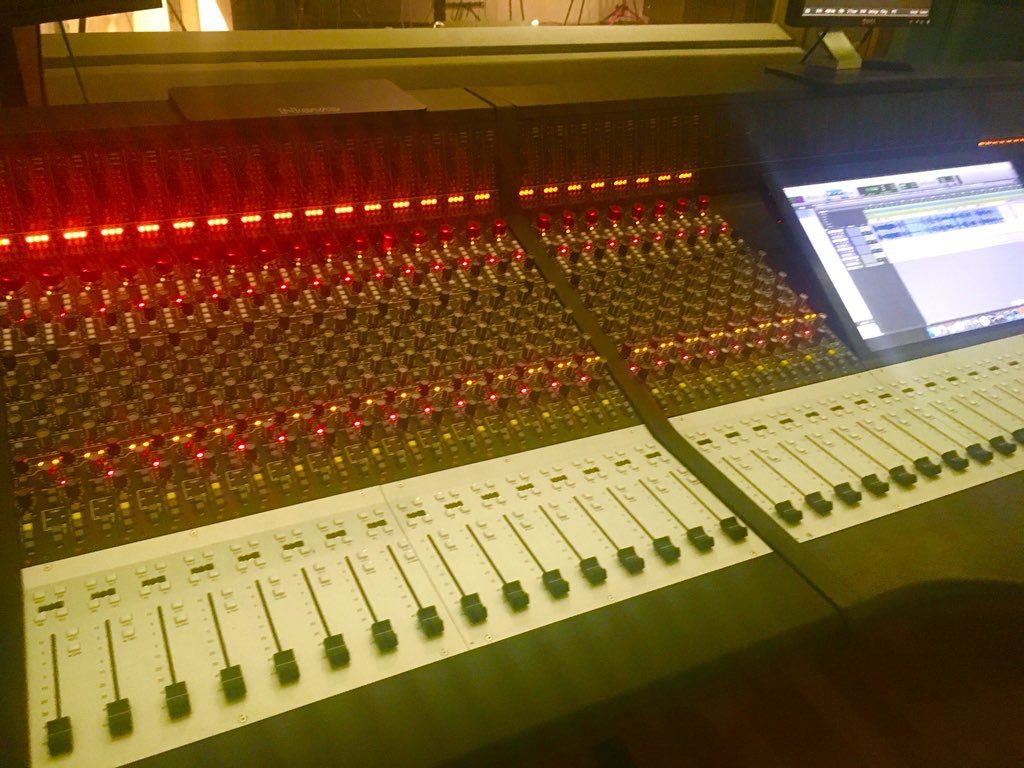We’ve been really busy over the past few weeks since the last of the replica instruments was completed. One of our most significant milestones is to have made a series of professional sound recordings using our instruments at the University of Kent’s School of Music and Fine Art sound recording studio!

In total, we made approximately 70 individual recordings which served to record the noise each instrument made, including where possible their dynamic range (i.e. the quietest and loudest noises they can make). We set up microphones and decibel readers within the studio at both 1 and 4 metres distance so we have recordings of how each instrument sounds to both the player and someone standing nearby. This kind of data also allows us to consider the audibility of each instrument and the way that sounds would have carried.

We also recorded certain instruments playing rhythms and tunes recorded in documentary texts from Graeco-Roman Egypt. For example, the percussion instruments such as the wooden clappers were used to play a Paeonic rhythm which uses 5 beats to a bar (rather than the 4 beats we are used to in the modern period) and is attested in ancient evidence. We also played combinations of instruments together, to replicate the sounds of real performances. We were lucky to have the expertise of Frank Walker, the SMFA sound technician who made our recordings and guided us through the process.

The technology available at Kent’s SMFA allowed us to create acoustic models of specific spaces. This means that the instruments we have recorded have been adjusted to mimic the effect of being played, for example, within a 2.5 x 11.8 metre open-air courtyard – as has been found archaeologically at the town of Tebtunis in Roman Egypt. Thus we have created similar acoustic effects to the original use contexts of the instruments.

Of course, we couldn’t describe these recordings without providing a couple of snippets for you to hear!
The first is a recording of a pair of cymbals with decorated handles, based on UC35798 from the Petrie Museum. These were clapped together with one hand, in the Paeonic 5/8 rhythm.
The second recording is of the 3D printed panpipes based on UC33270 from the Petrie.
[DUST TO DUST – by John Kirkpatrick – Copyright © English Folk Dance and Song Society]
This is a clip from a song, ‘Dust to Dust’, written by folk musician John Kirkpatrick, in the Locrian mode. He wrote the song to draw attention to the existence of this scale, previously overlooked by English folk musicians. It is the same scale as the ancient Greek one which the replica is tuned to, and can thus be played successfully on our pipes, although the ancient Greek equivalent has a different name. The song is sung by a grave-digger discussing his work.
Despite the player not being a professional, we nonetheless get an evocative idea of the kinds of tunes originally played on such instruments. We have many more recordings from this session, several of which will feature in our final exhibition at the Petrie Museum, opening January 2019.
Our thanks go to John Kirkpatrick for allowing us to use his material in these recordings.
